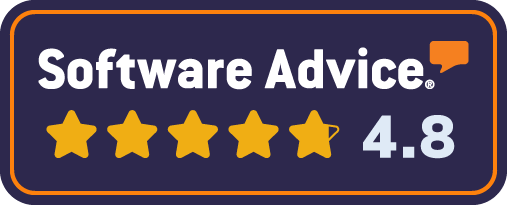“That what wrong with media today. All they have is questions, questions, questions. They never have cookies!”
— Cookie Monster
Cookie Monster had a different type of cookie in mind. In reality, the reverse of his quote is more true in today’s advertising and media markets. “That what wrong with media today. All they have is cookies, cookies, cookies. They never have questions!”
Next year, digital media companies and publishers will have to face Cookie Monster’s worst nightmare: A world without cookies. The digital landscape will be upended as major players like Google and Apple are responding to regulators and the fatigue and frustration of users/customers, as well as their growing savvy and concern about their digital data footprint and privacy. Giant digital advertising networks (Google, Facebook, etc) and advertising-supported media have been thriving on the sugar high of a mercenary, stalking-based tracking model to target relevant content and advertising to users. They’ve fattened themselves with the browsing and transaction history of individuals, as well as other appended personal data like home ownership, income, and even current location to create powerful “surveillance marketing.” Yes, relevance is very useful; but only if it’s permission-based. If that data is accessible and can be harnessed for virtually any reason (misinformation, political targeting, scams, etc.) by anyone with a credit card, the damage begins to outweigh the value.
A Shift in the Balance of Power
At CredSpark, we’ve been advocating that this is a once-in-a-generation opportunity for media and publishing organizations to shift the balance of power away from the Tech giants that currently monopolize the collection and tracking of user data. At the dawn of the Internet, media companies focused on content instead of audience relationships and they ceded that vital connection to the giant digital networks, relinquishing the control, insights, and opportunities that can be garnered from first-party audience data. A new Cookie-Less World provides an opportunity to build deeper, richer audience relationships and generate invaluable first-party data and insights to drive smarter business decision-making; inform new advertising products; and provide more value for your audience. Where do you begin?
Fewer Cookies, More Questions
So how do digital media and other advertising-based models survive in a world without 3rd party cookies? You opt for something more nutritious.
The key to thriving in a post-cookie Internet is building and deepening your own, first-party audience data. And it’s possible to achieve that without mimicking today’s current predatory practices. Much to Cookie Monster’s dismay, the answer is more questions.
Stop thinking of your content in terms of a broadcast model. Start thinking of it as a conversation starter. Transform your content into question-based digital experiences that invite your audience to dig deeper, explore more, and provide their own insights and opinions along the way.
1.) You’re providing a richer, more compelling, permission-based user experience.
2.) You’re driving new audience engagement.
3.) Each new engagement creates first-party data.
4.) That data can be used to create premium ad products for sponsors, inform new content development, and super-charge audience/market research.
You’ll be creating a new, more audience-first model while building tangible, proprietary value for your organization. Your sponsors will sprint to you because you know your audience the best. You can see examples of this in action in our Client Example Gallery
Use Context as a Community Builder
Context is a key signal for relevance and audience development. In fact, it forms the basis of Google’s solution for targeting in the absence of 3rd party cookies (FLOC or Federated Learning of Cohorts). At CredSpark, we believe context can be used to not only serve relevance to audiences, but also create active and engaging communities around content topics. Building rich, interactive experiences around topics and across media (text, video, audio, etc.) create enormous opportunities to engage audience members at the individual level and the group/cohort level, generating data that can surface prospects for additional subscriptions, event registrations, relevant sponsor products, and more.
Finally, User Experience is Crucial
Is your audience passive? It may be because you’ve created a passive digital experience for them. Again, think outside the broadcast-model box. Progressive user activity and engagement is so important—especially in a world dominated by mobile content consumption. Gamification doesn’t have to mean creating expensive alternate realities for your audience. Simply, use the concepts of it to create immersive content experiences that invite users to take a next step. And at each step, make sure you’re providing value along the way to encourage their continued participation. An exceptional experience creates more engagement, which in turn, creates more data and value for your audience and your organization.
The Cookie May Crumble…
But it presents an incredible opportunity to create an audience-first organization that views content, engagement, and audience data as a synthesis, rather than three separate pursuits. It lays the foundation for enhanced returns on content development, increased sponsorship opportunities, and deeper and richer relationships with your audience. And there’s nothing sweeter than that.






